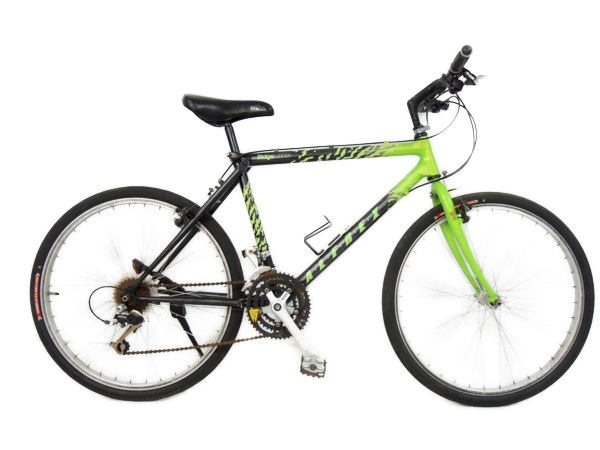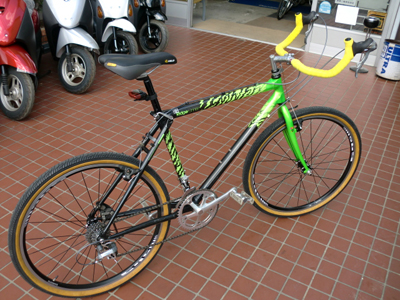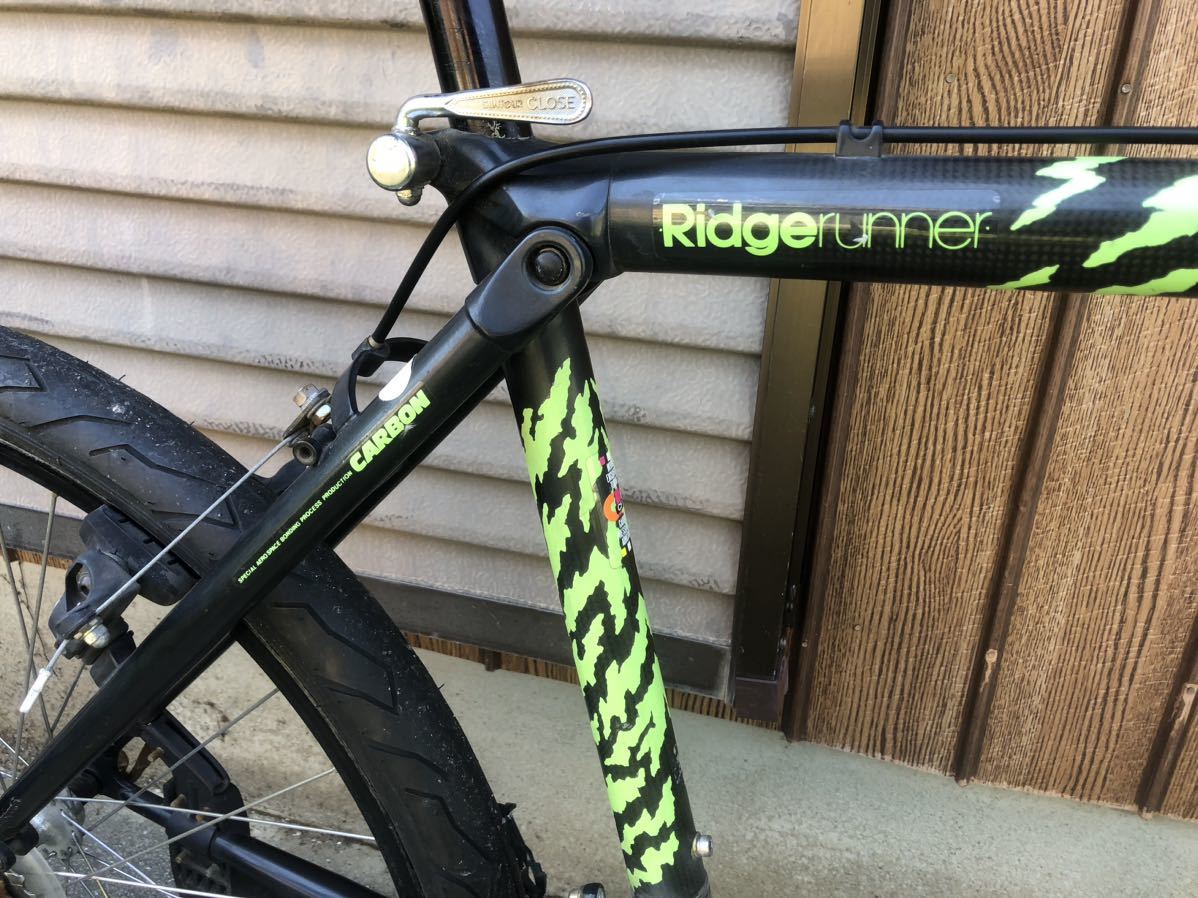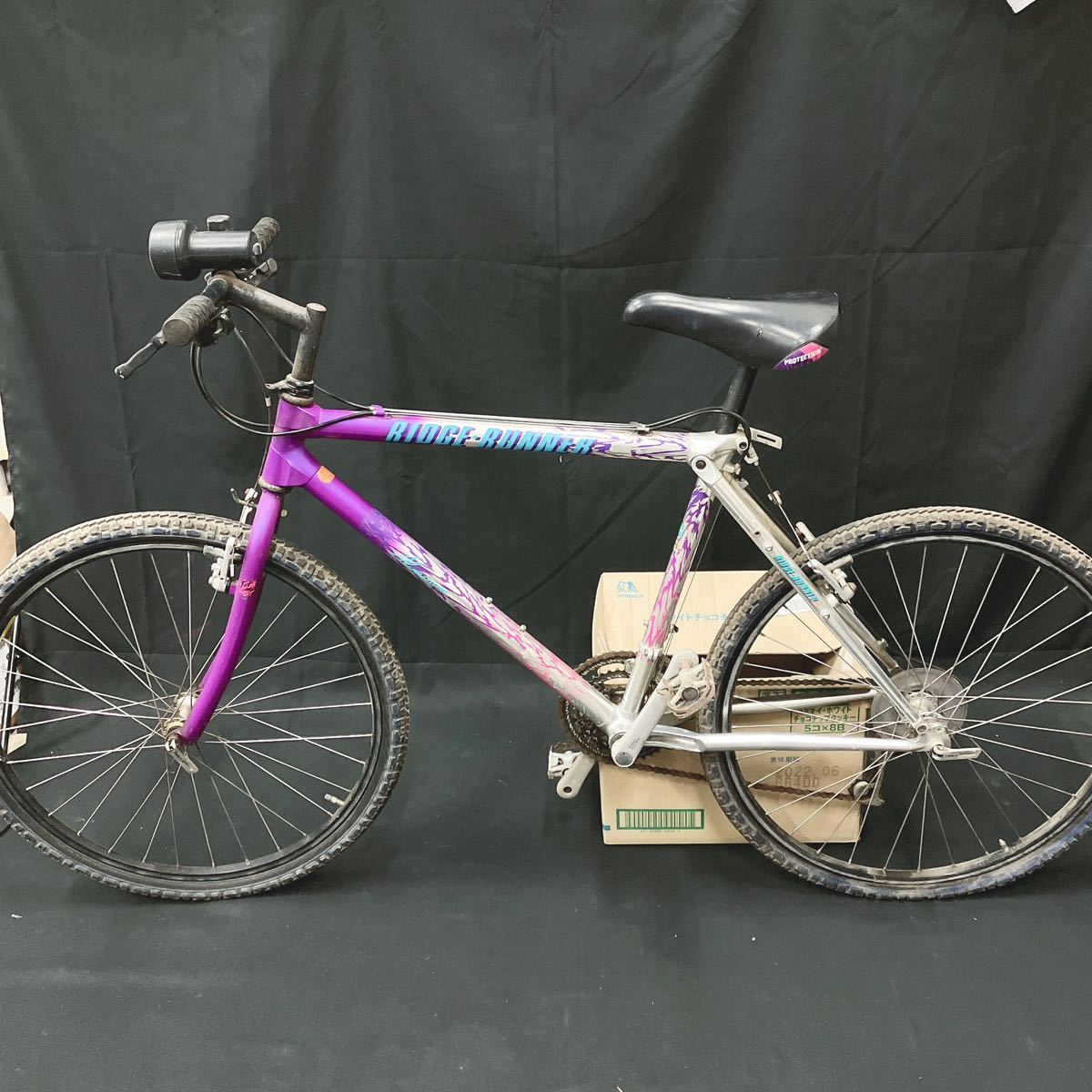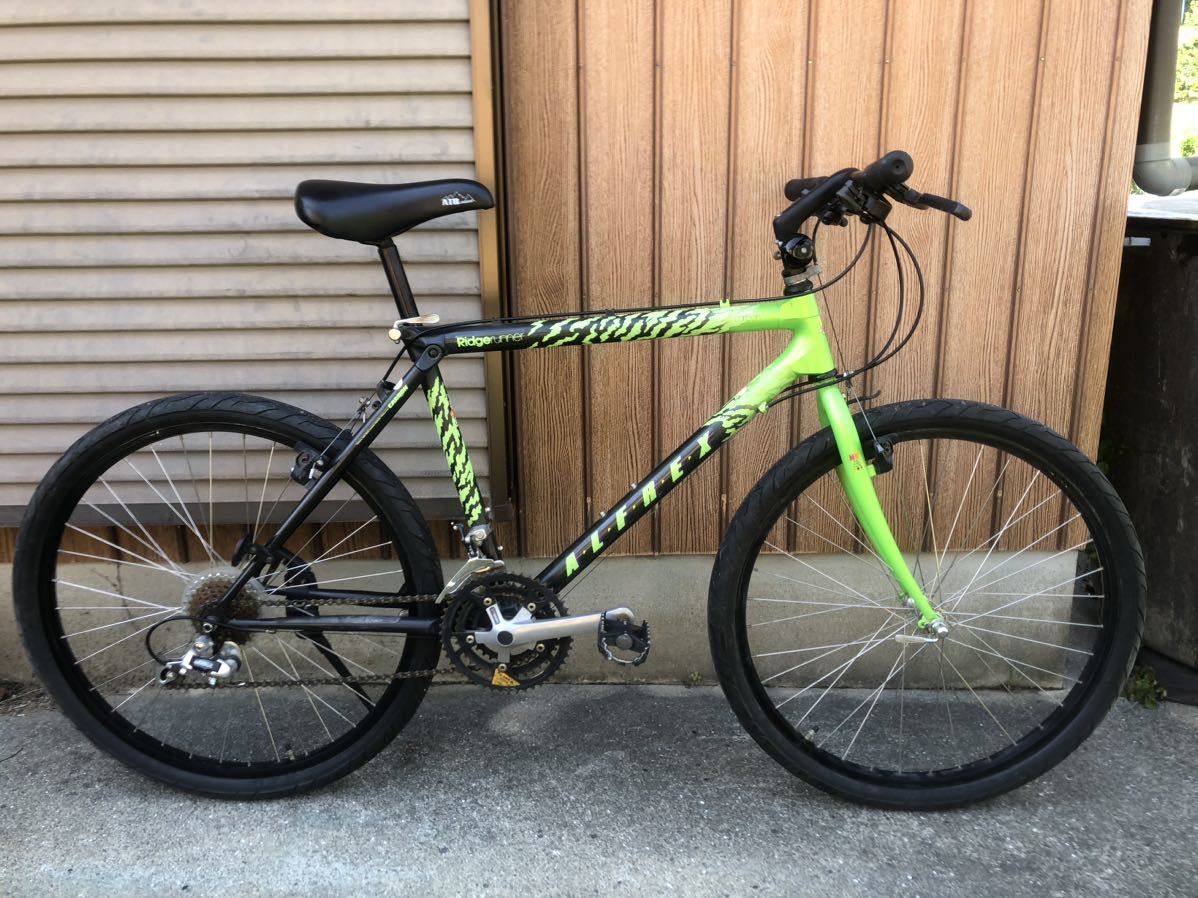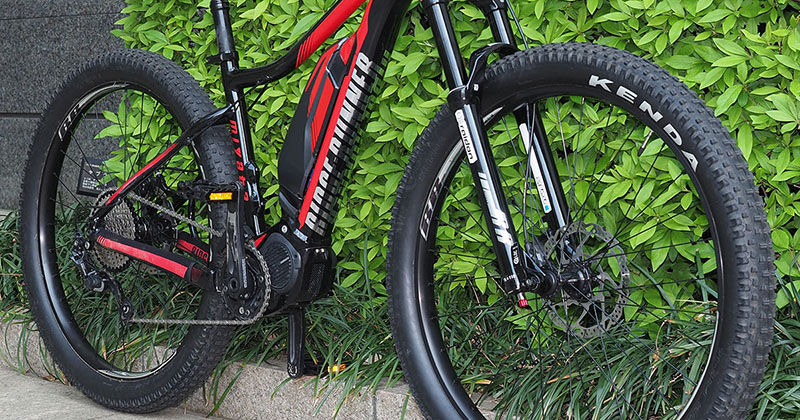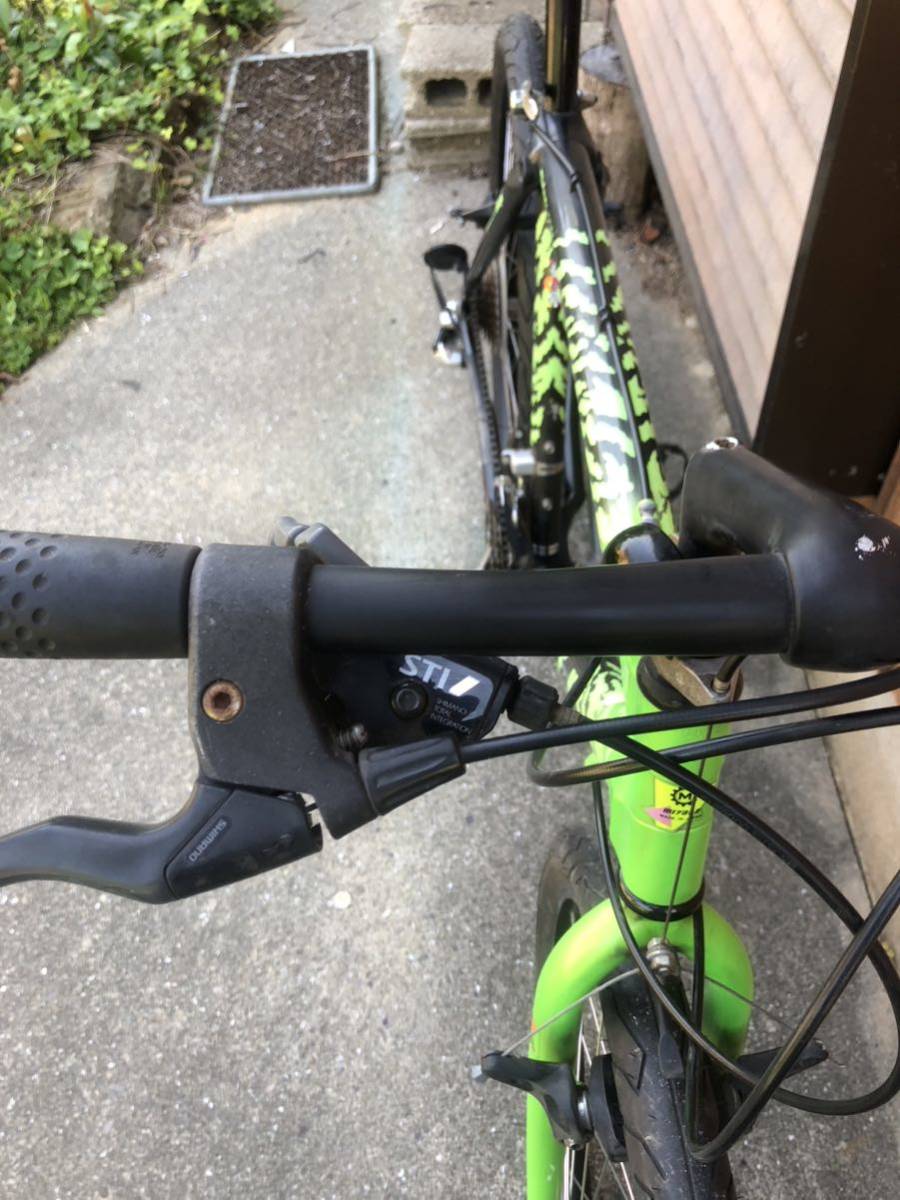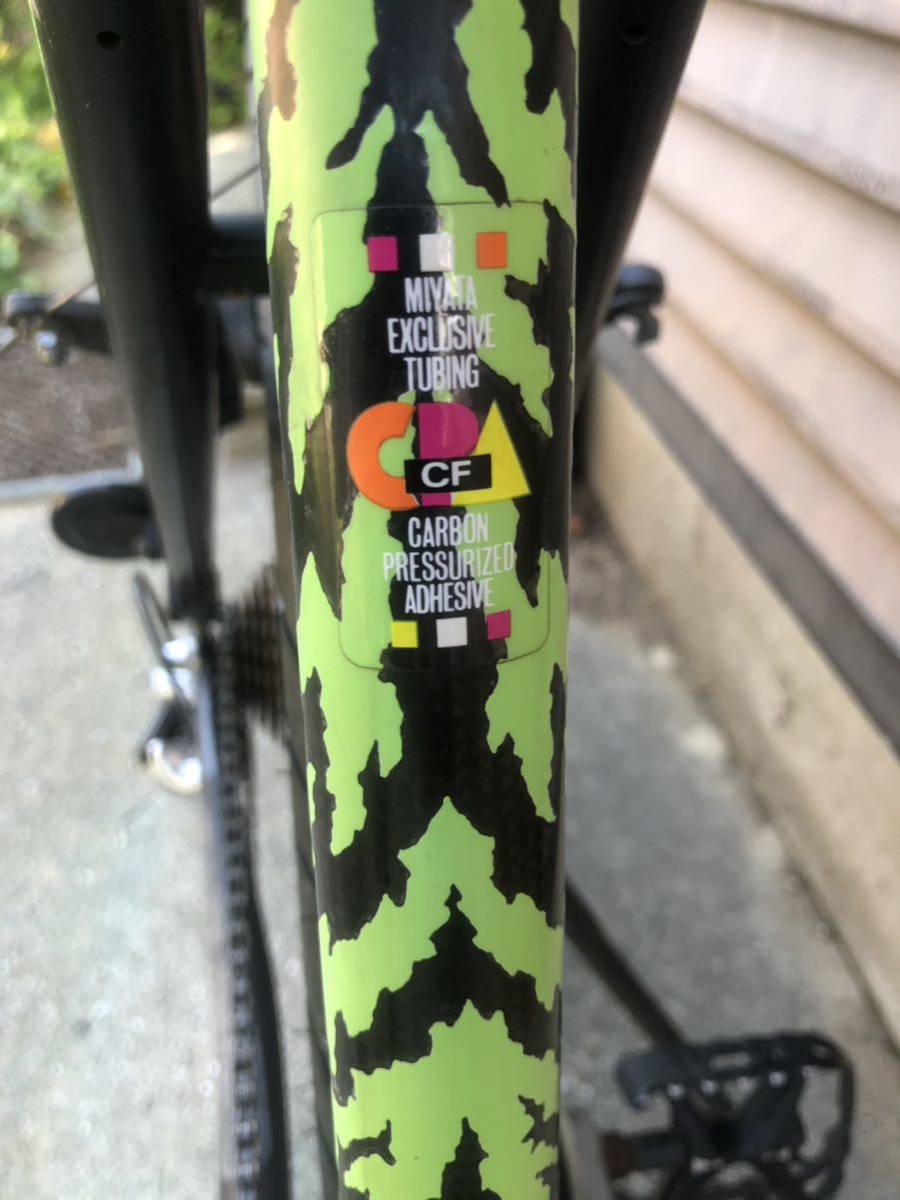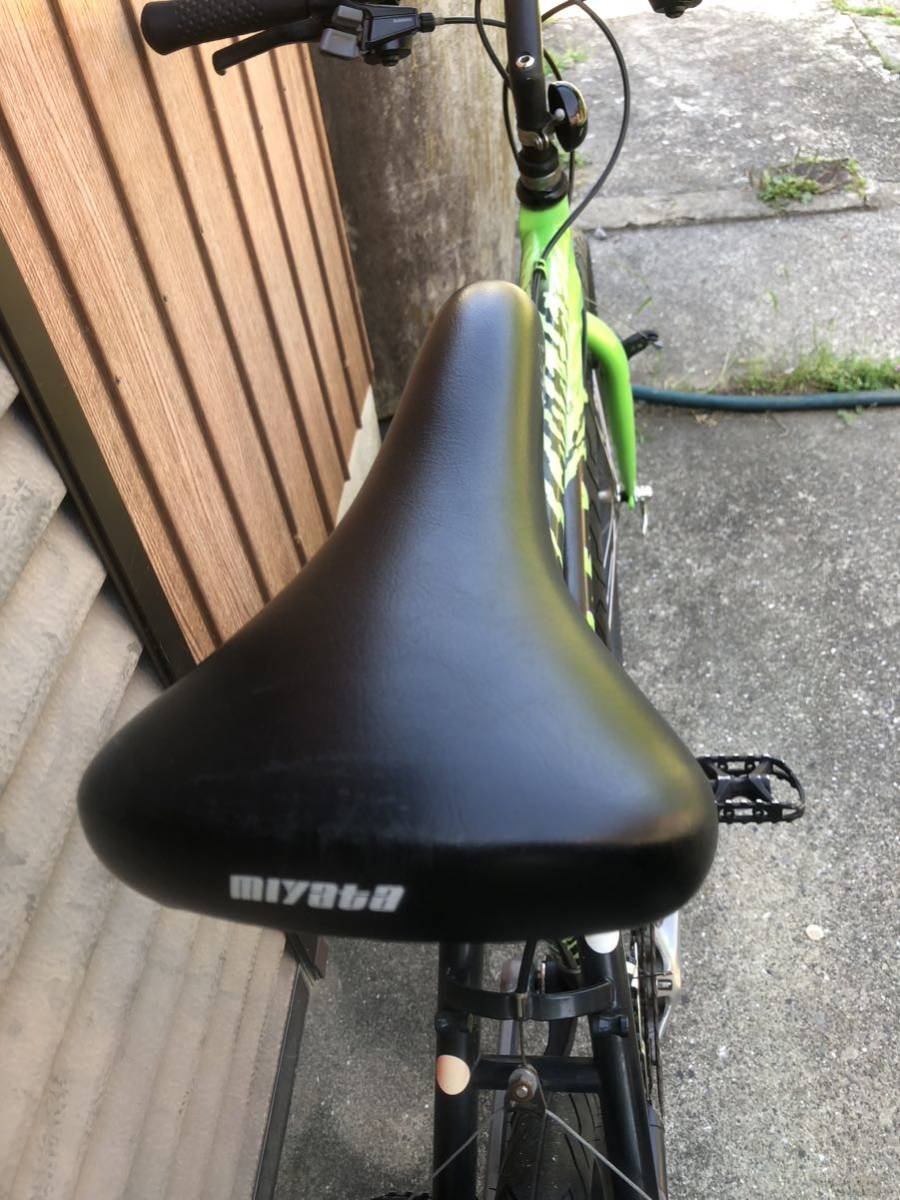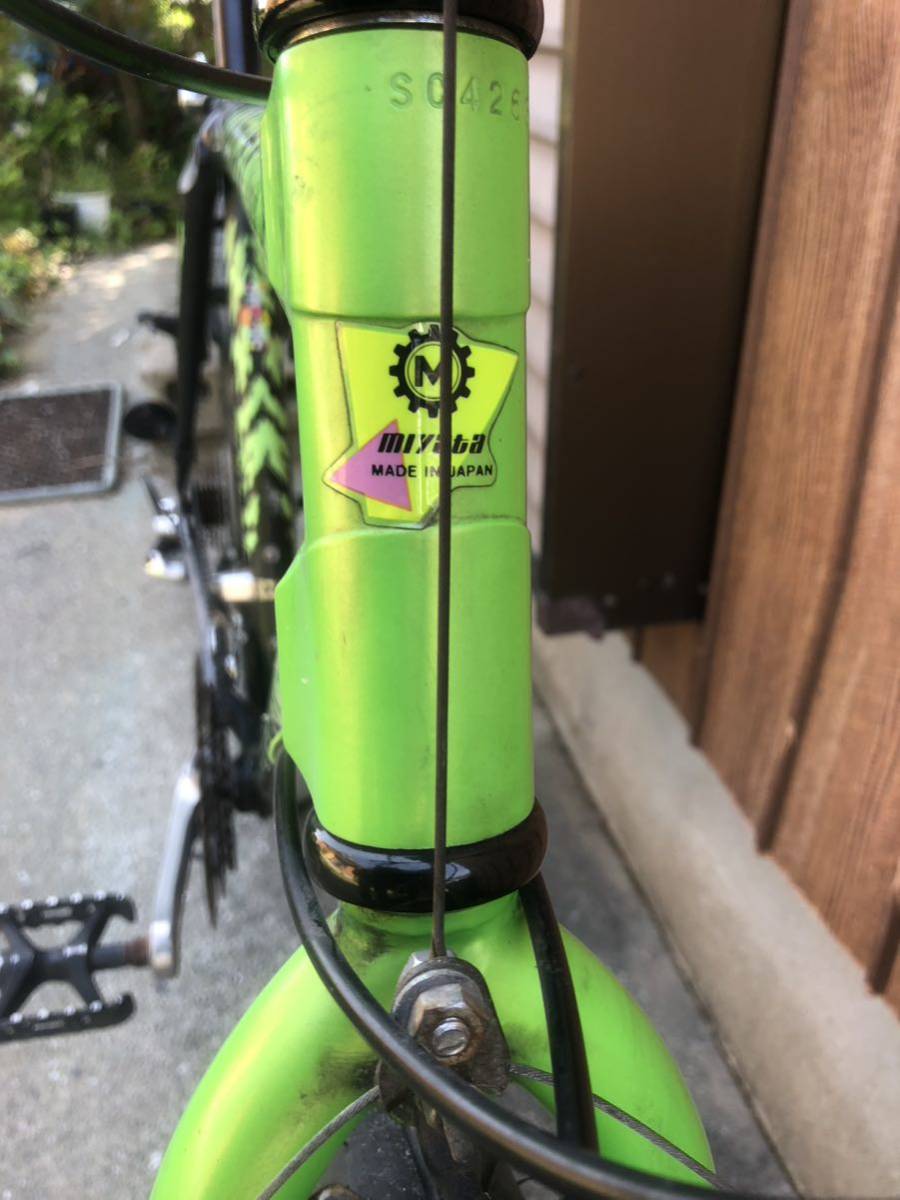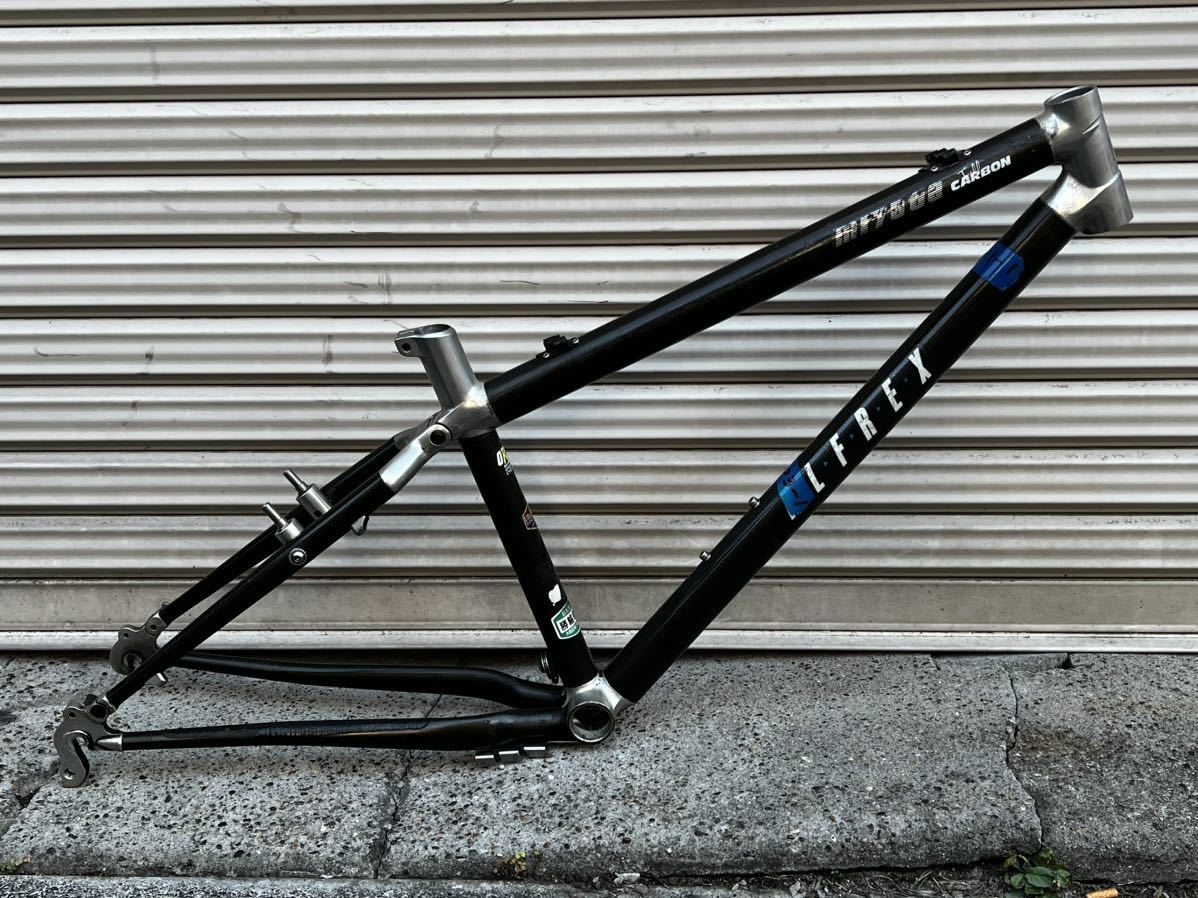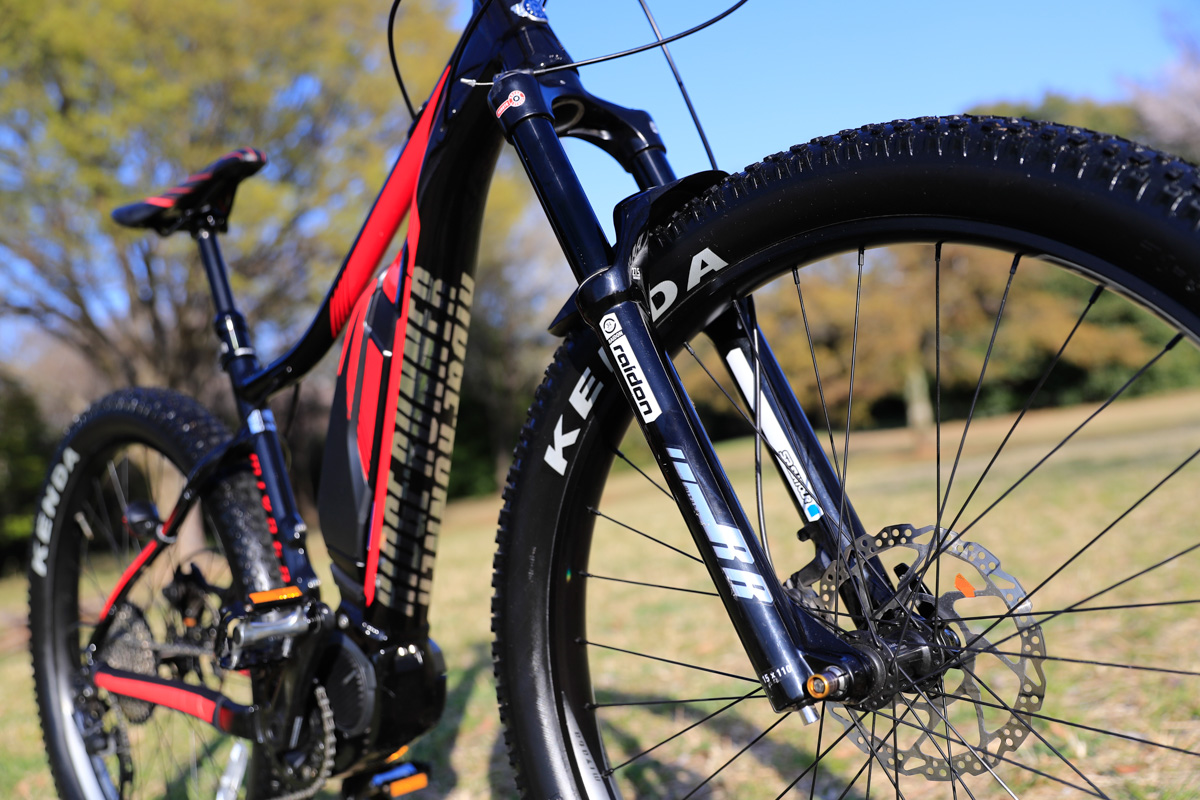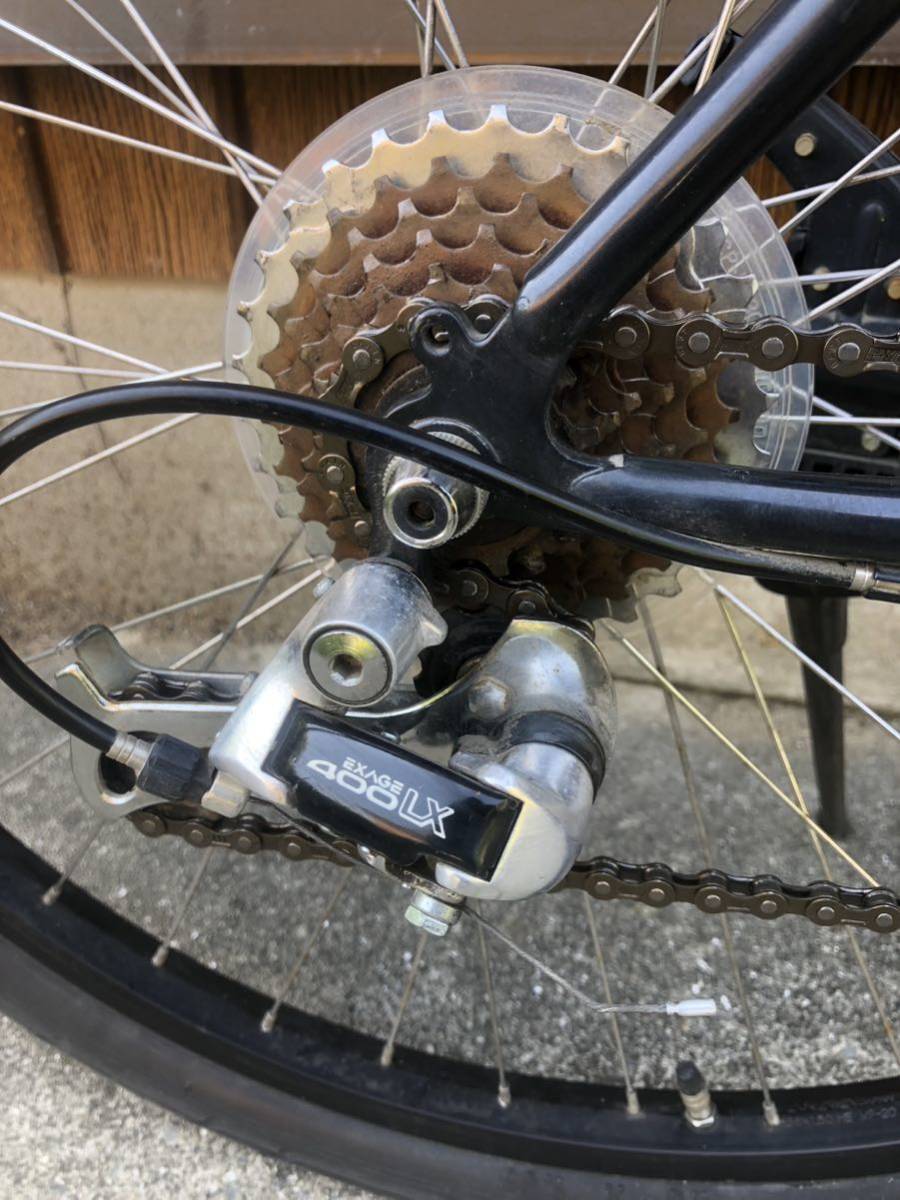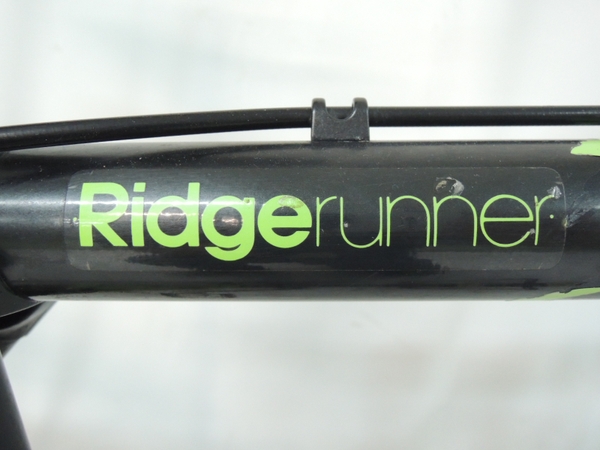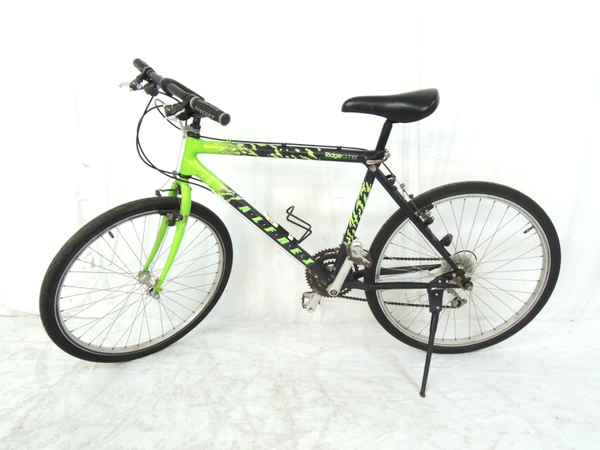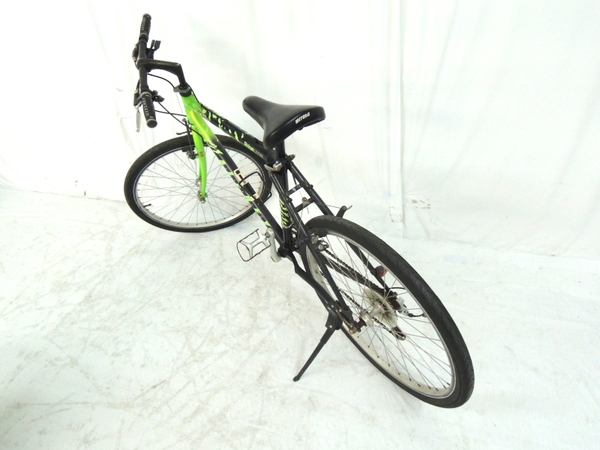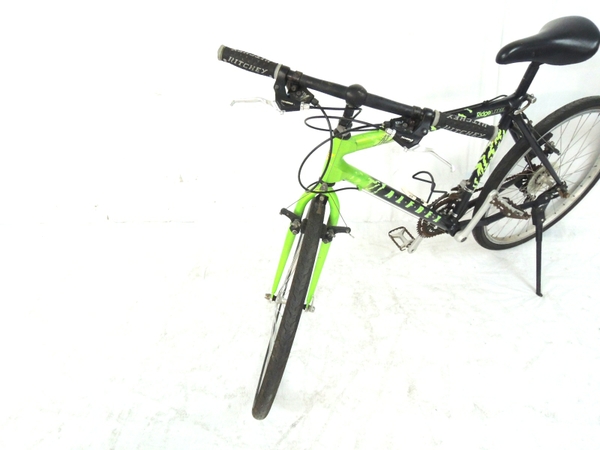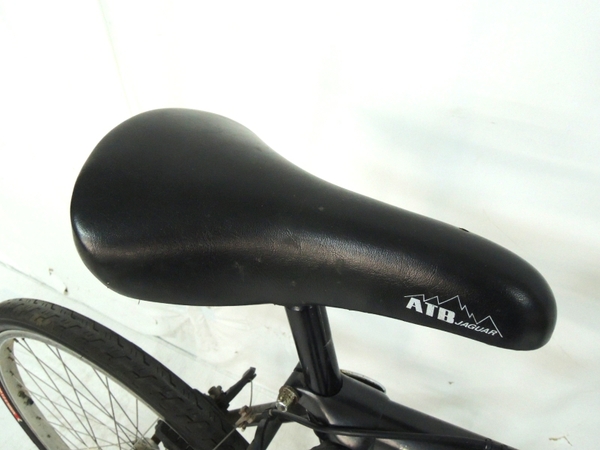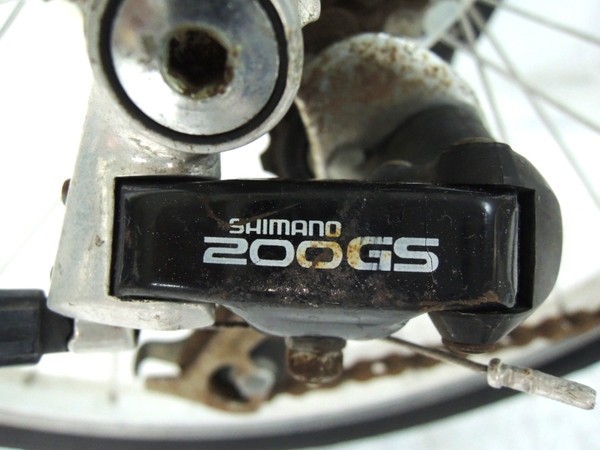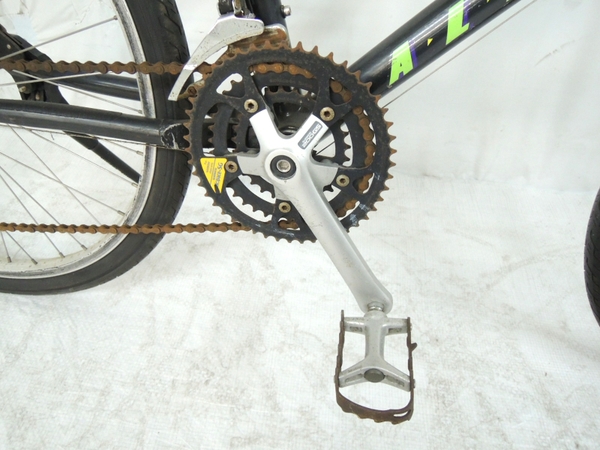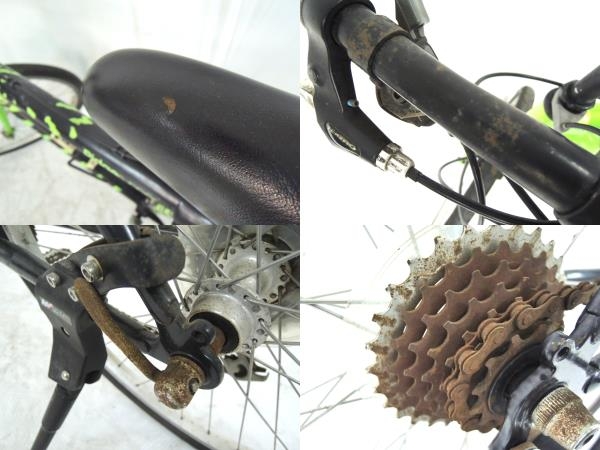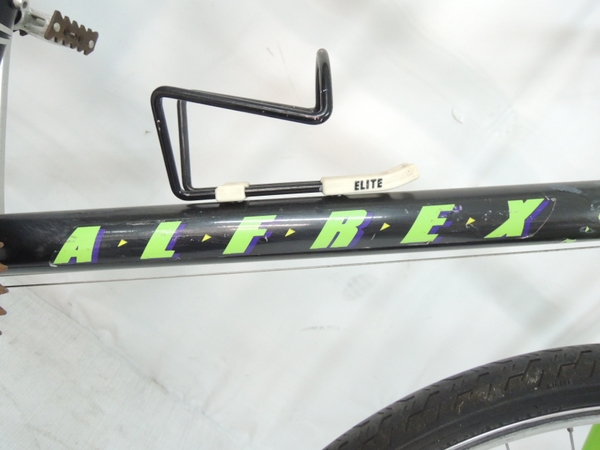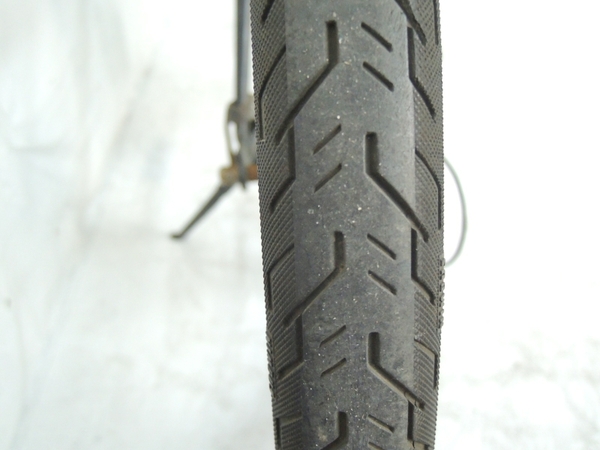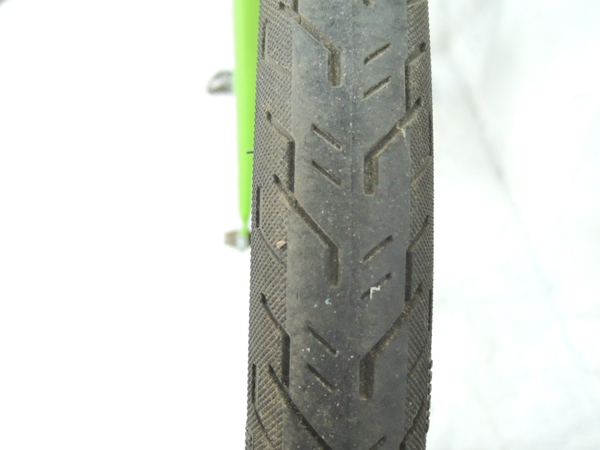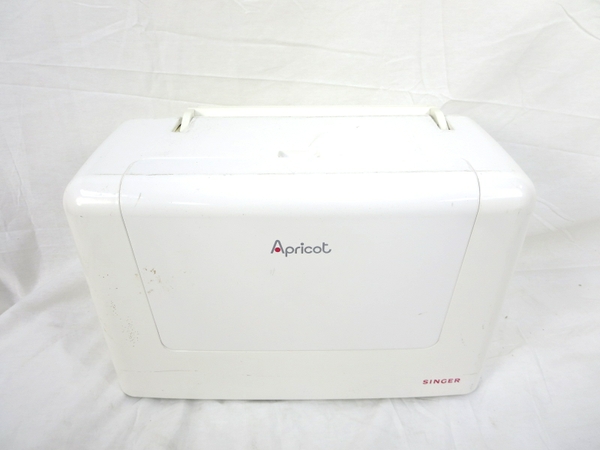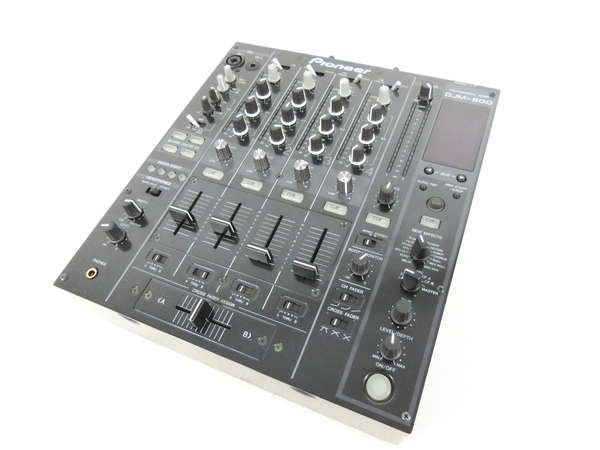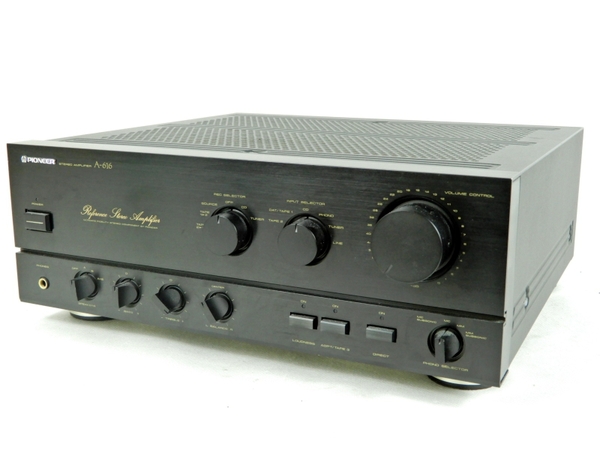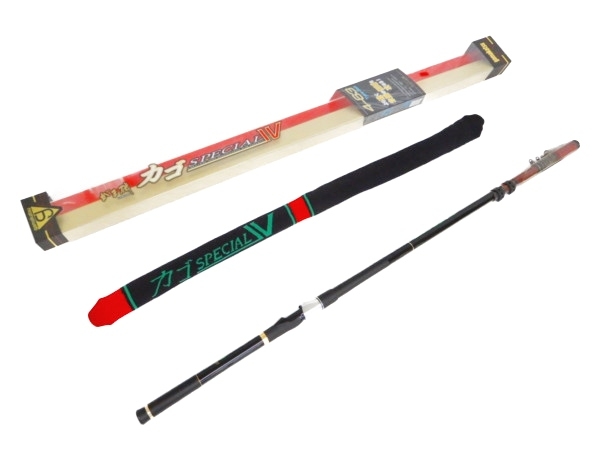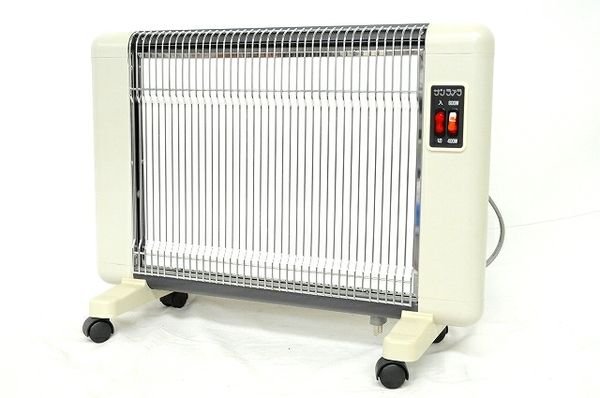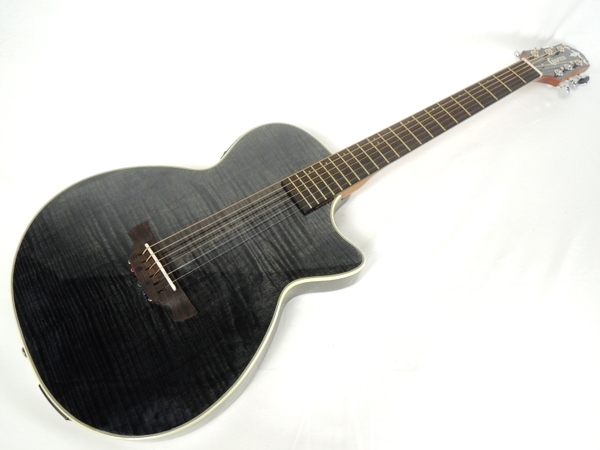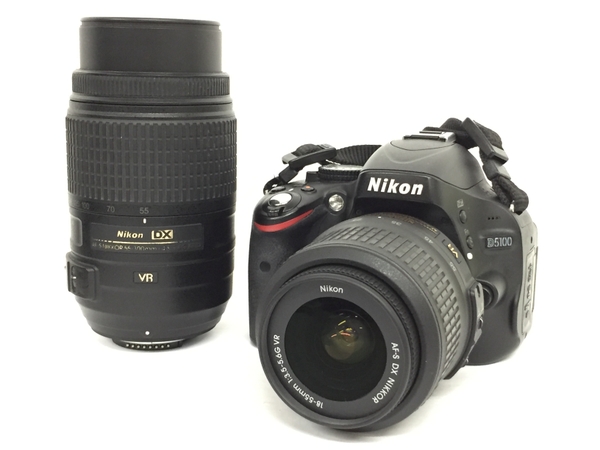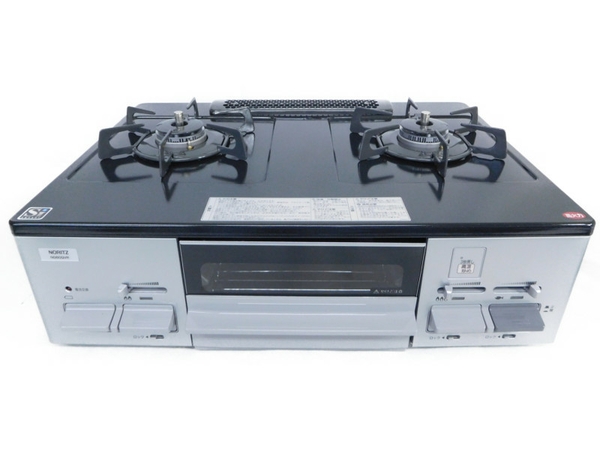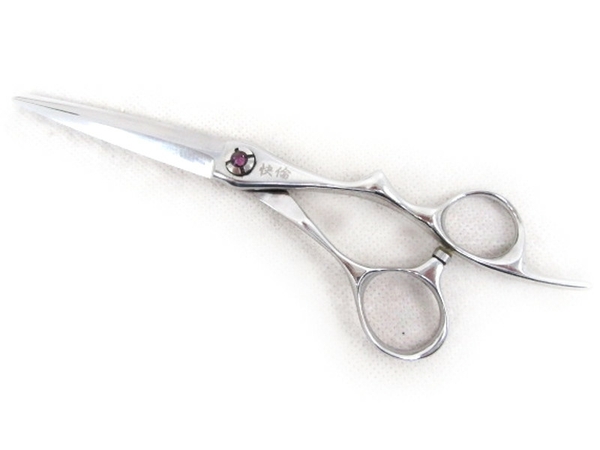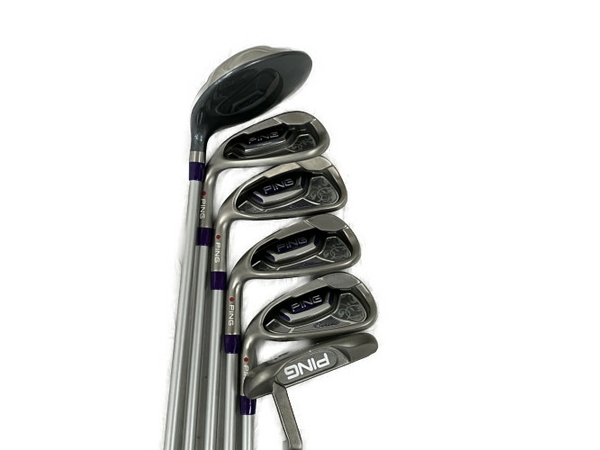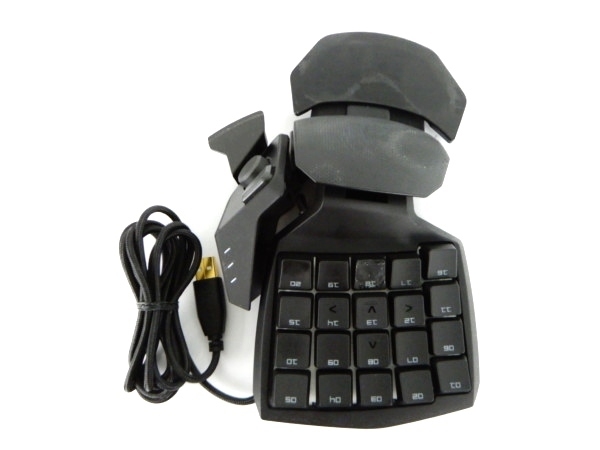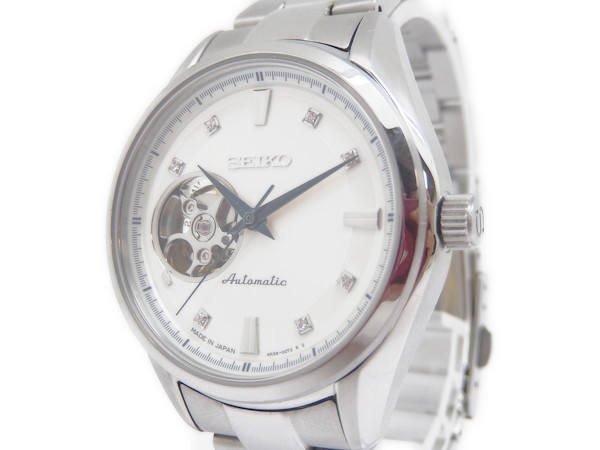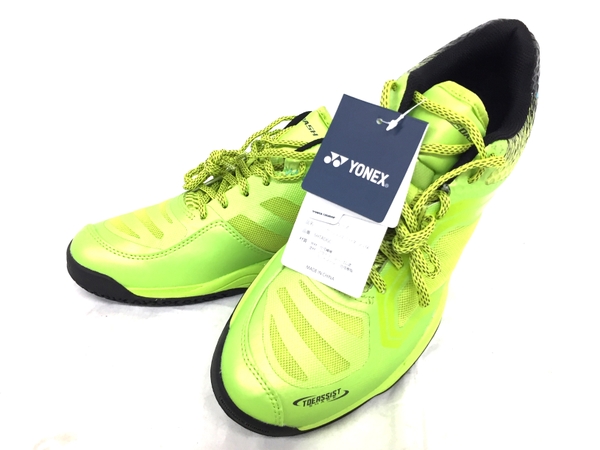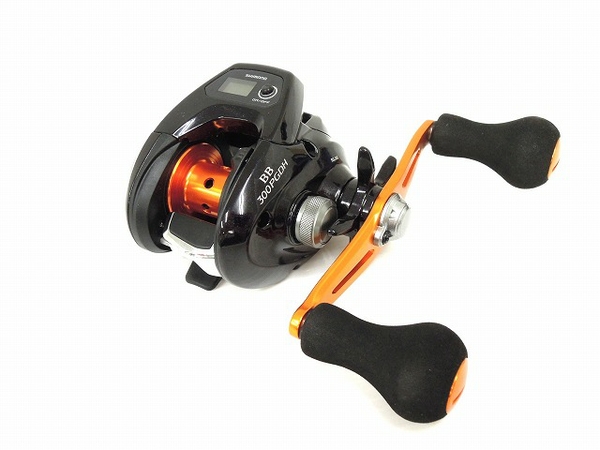MIYATA Ridge runner ALFLEX マウンテンバイク
(税込) 送料込み
商品の説明
メーカー名MIYATAカラー 画像参照6987円MIYATA Ridge runner ALFLEX マウンテンバイクその他MIYATA Ridge runner ALFLEX マウンテンバイクみんなのリッジランナー:かずだいさんのリッジ - みんなのリッジMiyata ALFLEX CARBON 5000 カーボン リッジランナー-silversky
Miyata ALFLEX CARBON 5000 カーボン リッジランナー あなたの
MIYATA Ridge Runner アルフレックス。-
MIYATA自転車 | MIYATA | ラインナップ | リッジランナー | リッジ
みんなのリッジランナー:かずだいさんのリッジ - みんなのリッジ
MIYATA自転車 | MIYATA | ラインナップ | リッジランナー | リッジ
MIYATA Ridge Runner アルフレックス。-
MIYATA CARBON ridgerunner マウンテンバイク ALFREX カーボン リッジ
MIYATA ALFREX Ridgerunnner リアルタイガー | 伊藤輝樹 blog
希少カラー MIYATA Ridgerunner ミヤタ リッジランナー ALFREX
MIYATA - 【MIYATA ALFREX RIDGE RUNNER】 OLD MTBの通販 by mash
自転車ちょい乗り
MIYATA Ridge Runner アルフレックス。-
◇ミヤタ/RIDGE RUNNER RCL-421 ALFLEX Carbonフレーム◇(Sサイズ
ミヤタのE-MTB「RIDGE-RUNNER」がフルモデルチェンジ
MIYATA Ridge Runner アルフレックス。-
Miyata ALFLEX CARBON 5000 カーボン リッジランナー あなたの
◇ミヤタ/RIDGE RUNNER RCL-421 ALFLEX Carbonフレーム◇(Sサイズ
Yahoo!オークション - MIYATA Ridgerunner ミヤタ リッジランナ...
MIYATA Ridge Runner アルフレックス。-
ミヤタの最新e-bike「RIDGE-RUNNER」がイロイロ凄いっ!【ぼくらの自由
MIYATA CARBON ridgerunner マウンテンバイク ALFREX カーボン リッジ
ミヤタの最新e-bike「RIDGE-RUNNER」がイロイロ凄いっ!【ぼくらの自由
MIYATA CARBON ridgerunner マウンテンバイク ALFREX カーボン リッジ
MIYATA - 【MIYATA ALFREX RIDGE RUNNER】 OLD MTBの通販 by mash
MIYATA CARBON ridgerunner マウンテンバイク ALFREX カーボン リッジ
MIYATA Ridge Runner アルフレックス。-
MIYATA - 【MIYATA ALFREX RIDGE RUNNER】 OLD MTBの通販 by mash
MIYATA CARBON ridgerunner マウンテンバイク ALFREX カーボン リッジ
Our Second e-Bike, Miyata Ridge Runner – Critical Cycling
Miyata ALFLEX CARBON 5000 カーボン リッジランナー あなたの
MIYATA - 【MIYATA ALFREX RIDGE RUNNER】 OLD MTBの通販 by mash
Yahoo!オークション - MIYATA ALFREX MTBカーボンフレーム 室内保...
MIYATA - 【MIYATA ALFREX RIDGE RUNNER】 OLD MTBの通販 by mash
Miyata ALFLEX CARBON 5000 カーボン リッジランナー あなたの
中古】稀少良品!MIYATA RIDGE-RUNNER ALFLEX クロモリ 480mm 21速 MTB
ミヤタ RIDGE-RUNNER 往年の名車のDNAを受け継ぐ意欲作 - SHIMANO
ミヤタの最新e-bike「RIDGE-RUNNER」がイロイロ凄いっ!【ぼくらの自由
Yahoo!オークション - MIYATA RIDGE RUNNER RCL-421 +...
MIYATA CARBON ridgerunner マウンテンバイク ALFREX カーボン リッジ
商品の情報
メルカリ安心への取り組み
お金は事務局に支払われ、評価後に振り込まれます
出品者
スピード発送
この出品者は平均24時間以内に発送しています
